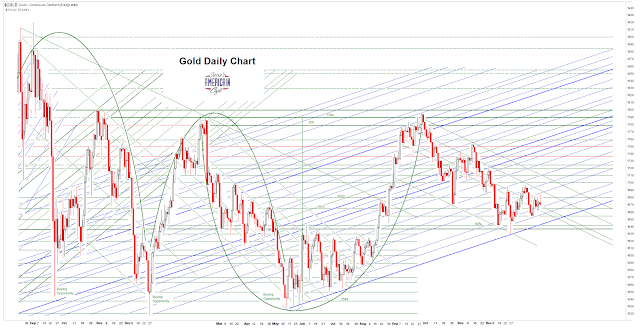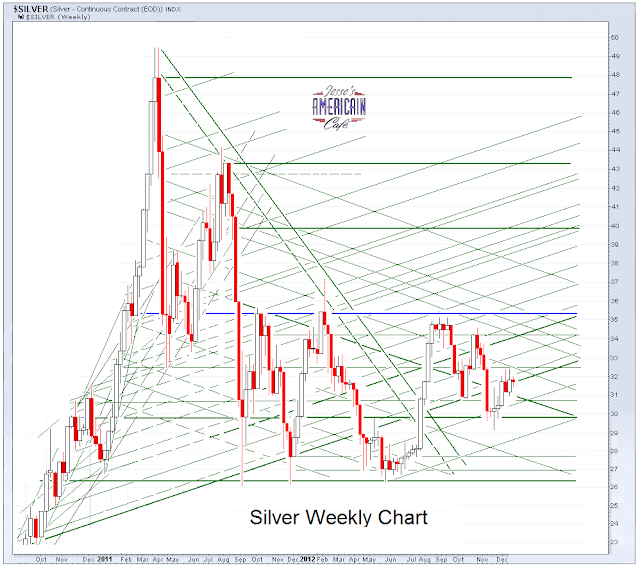I think we can understand the principle of government spending as a spur to aggregate demand, which can be useful in certain circumstances where the economy has been caught in a 'feedback loop' of stagnancy.
I won't go into it in detail now, but if the government buys things in the real economy, or provides money for other people to buy things in the real economy, the demand for real goods increases. Simple enough. One can argue about aftereffects, but the demand increase remains the same. And the principle is that this temporary stimulus will help the real economy break out of a crisis induced feedback loop of stagnation. And I would add a serious caveat, IF other changes have been made to those problems and policies which have caused the crisis in the first place.
This is called 'stimulus' in economics.
There are other instances of stimulus being applied to an otherwise healthy but sub-optimal economy, and again, I will leave that to some other discussion. But there is the obvious caution about using artificial stimulants inappropriately to hide deficiencies in healthy organic growth, especially when caused by policy errors.
Here I speak only about stimulus in the aftermath of a crisis, an economy which is marked by endemically slack demand and investment. And I do think the principle of liquidity trap has been mistaken to the extent that the symptoms are treated rather than causes. I call this cargo cult economics. And Geithner and Bernanke are its high priests of a plummeting velocity of money supply.
But even in the case of post crisis slump, I wonder about this principle of stimulus in application. If the government wishes to add $1 Trillion in stimulus to a slack economy, would it be the same thing to just give $1 Billion each to the top 1000 richest people in the nation, or $10,000 each to 100 million randomly selected people, to be paid out over the period of a year.
I am sure that in the long run, there are equations and rationales that 'prove' that the effect of both actions are the same. And I would imagine that some of the neo-liberal economists will likely argue that the one percent will put the funds to work as productive investments, and the hoi polloi will merely waste their money on drugs, alcohol, and video games. This probably says less about reality and more about the inherently skewed perspective of the elite who consider the 47% to be sub-human. But there is merit in thinking that simple one time payments with no work attached are not as effective as something more substantial.
What is the government gave 10 million people a job that paid them a living wage which, together will spending on capital assets, allowed them to repair bridges, improve parks, enhance the electrical system, build up safeguards against flooding and storms, clean up the streets, and remove and replace dangerously dilapidated buildings.
But I think common sense and a bit of more granular thinking will show that in terms of stimulus to the real economy, if measured in a reasonably confined time horizon (ie. less than five years) one can see how the broader distribution of stimulus directly to those most inclined to spend it on real goods, rather than the accumulation of more productive assets in the face of slack aggregate demand, would have a demonstrably more effective result on stimulating demand in the real economy.
In a period of slack aggregate demand, wealth tends to accumulate. The wealthy buy more resources, and assets 'on the cheap,' and economic power and resources tend to concentrate, further dampening aggregate demand as measured not nominally but against a basket of real goods.
And this was the genius of Franklin Roosevelt, not an economist, but a practical, problem-solving leader. He reformed the banks, rather than stuffing them full of money, and hoping they would make more loans. And through a series of programs he sought to apply stimulus directly to where it was needed, in the relief of privation of course, but also in jobs which performed necessary functions and also built up the infrastructure of the nation.
Granted, there was trial and error in his method. And he made some errors in judgement for certain, including some of his actions regarding the gold standard and the method of refunding the banks. But we should note that he did this all under a duress that was more real and compelling and visceral than the singular crisis that caused the Congress to pass TARP.
And providing funds directly to the people without passing them through the hands of the one percent angered the elite of his day to the point of considering an actual coup d'etat, in addition to every form of political obstructionism one can imagine. And he did fail to stay the course, and allowed the money supply to contract prematurely after he thought the worst was over. And the oligarchs still hate him, and seek to distort his record and his legacy.
But all in all, he was a real leader at a time when most of the developed world was turning to the malady of fascism, militarism, and destruction. He took the somewhat effete theories of Keynes, and put real substance into those principles, while engaging in sweepingly effective reforms that served his country for over sixty years, until a new generation forgot the lessons of the past.
And compared to the faceless bureaucrats and economists at the Federal Reserve and the Treasury, and their own series of failed financial asset bubbles, he was a natural genius.







































